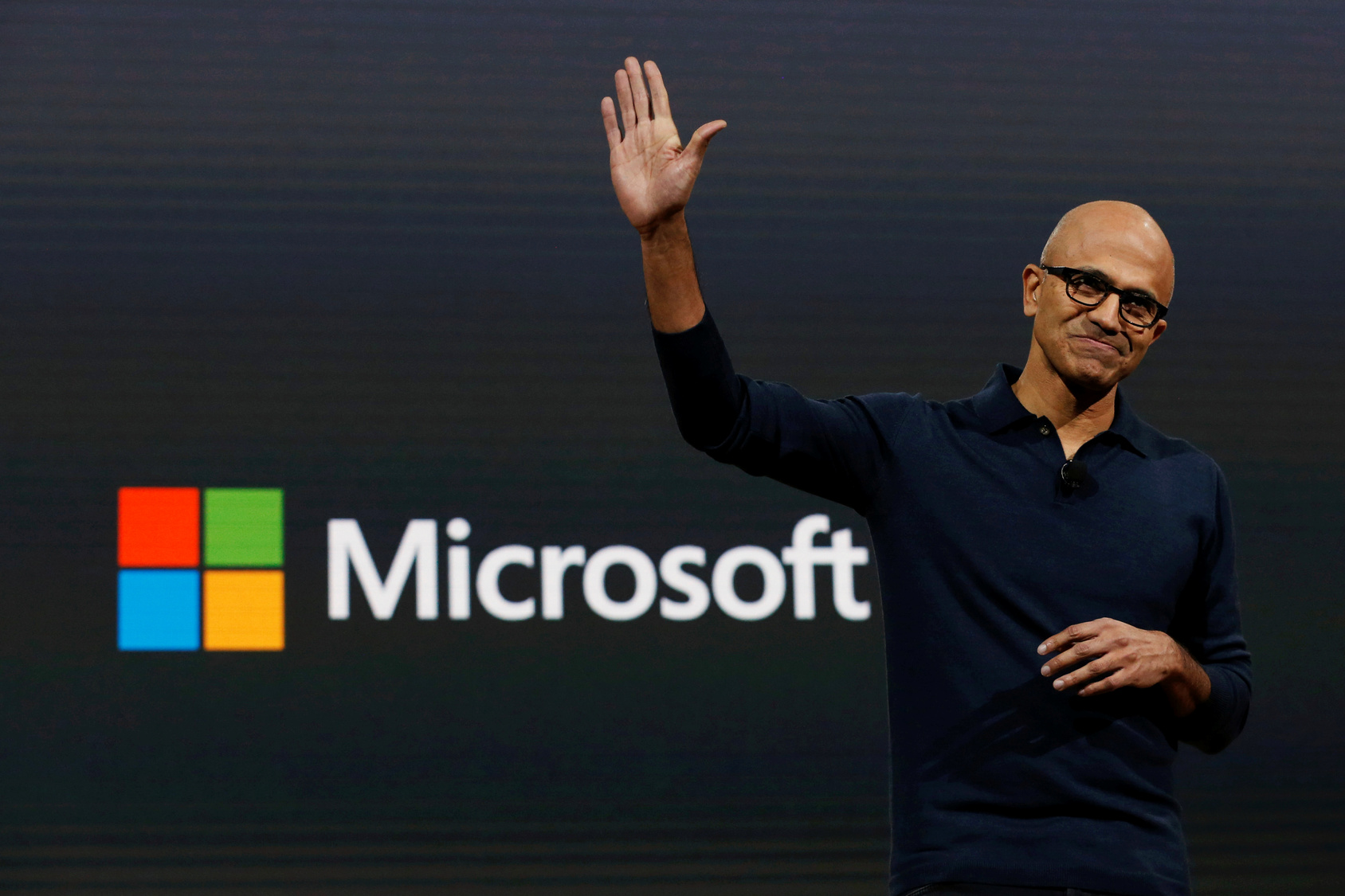Shares of Microsoft (MSFT) have gone on an impressive run over the past couple of weeks, rising 12.6% in thirty days, including 5% gains over the past week alone to reach an all-time high of $371.95 on Tuesday. The Satya Nadella-led tech giant now has a market cap of $2.75 trillion.
With the stock up 54% year to date, compared with a 17% rise in the S&P 500 index, there’s no question that the market has fallen in love with Microsoft, particularly on the heels of the company’s Q1 2024 earnings results, which showed better-than-expected growth at its Azure cloud unit. Q1 revenues beat consensus expectations by a significant margin, coming in at $56.5 billion. Not only was that ahead of consensus by 4%, it translates to a 13% growth year over year.
The revenue beat was driven by strong demand in the personal computing segment, intelligent cloud segment and productivity and business processes segment, which beat Street estimates by 7%, 3% and 2% respectively. Just as impressive, during the quarter, Azure revenue grew almost 30% year over year. Notably, Azure revenue surpassed the high end of the company’s own guidance by two percentage points.
In terms of profits, Microsoft delivered $40.2 billion, thanks to 16% rise in gross profit, which beat consensus by 7%. Owing to the strength of Azure and Office 365, Q1 gross margin improved three percentage points sequentially, all of which contributed to a 25% year over year rise in operating income which reached $26.9 billion. Thanks to higher gross margins, operating income beat consensus by 12%, underscoring the efficiency-focused management team.
During the quarter, Microsoft also shared that AI Services contributed 3 points, and that’s really where the fun begins. It’s hard to ignore Microsoft’s early dominance in realm of artificial intelligence (AI) technology, which has been the main driver of the stock so far in 2023. The generative AI market is currently growing at 42% and could hit $1.3 trillion by 2032, according to Bloomberg Intelligence estimates. The bulk of the revenue growth from generative AI, estimated $247 billion by 2032, will come from demand for the infrastructure needed to train AI models.
What’s more, estimates suggests that the AI-assisted digital ads business could reach $192 billion in annual revenue by 2032, while revenue from AI servers could hit $134 billion. Given these immense capabilities, as well as AI’s ability to learn and solve problems like humans by using (among other things) advanced form of computer processing, the money-making potential is immense. The fact that AI Services contributed just 3 points to Microsoft’s bottom line during Q1 shows just how nascent the AI market still remains.
Having already deployed its AI services to more regions compared to its competitors, Microsoft announced that its next-generation H100 Virtual Machines will soon be available. Microsoft’s AI advances became known with ChatGPT by way of its $10 billion investment in OpenAI, giving Microsoft 33% ownership of the company. OpenAI’s ChatGPT has become the fastest-growing technology in history, hitting 2 billion users after only six months. Estimates suggests it can reach 3.4 billion global users by the end of 2023.
Microsoft is aiming to accelerate the pace of adoption and is now extending its AI leadership by finding ways to attract AI startups and digital-first companies to Azure by developing OpenAI APIs. Estimates are calling for Microsoft ’s AI growth prospects to get a 33% boost over the next several quarters. Last week, while citing the company’s deployment of artificial intelligence, Jefferies analyst Brent Thill referred to Microsoft as one of the best buy cycles seen in a long time.
In other words, even as Microsoft stock is sitting at all-time highs, there is plenty of value to be realized with its AI-driven focus.
The views and opinions expressed herein are the views and opinions of the author and do not necessarily reflect those of Nasdaq, Inc.
Image and article originally from www.nasdaq.com. Read the original article here.

